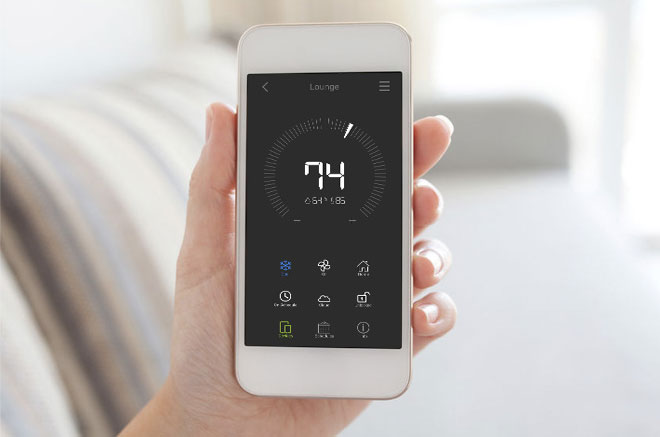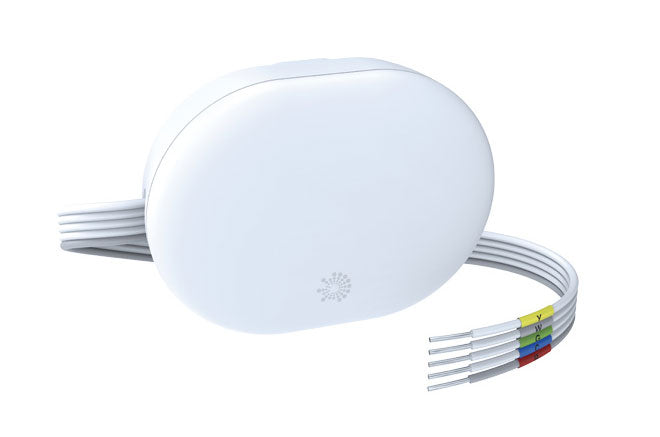What to consider when choosing a smart thermostat
Smart thermostats come in many shapes and sizes with varying levels of complexity and functionality. We outline some of the important considerations when selecting a smart thermostat.
#1 How many HVAC systems do you want to control?
This is important because many smart thermostats only support a single thermostat per account. If you have 2 thermostats in a house (e.g ground and upper floor) and another in a vacation home you will want to select a solution that supports multiple thermostats and sites. The TrickleStar® Wi-Fi Smart Thermostat™ and TrickleStar® Portal™ support multiple thermostats across multiple sites.#2 How many people will be using the thermostat on mobile devices?
In larger households, you want to provide multiple occupants with the ability to control the HVAC via an App on a smartphone. Some thermostats only allow for a single user to control the thermostat which can be frustrating. Similarly, many thermostats allow multiple users, but give all users access to all functionality. Do you really want your 12 year old to be able to adjust schedules and setpoints? The TrickleStar® App™ supports multiple users with basic controls over setpoints and occupancy modes while the TrickleStar© Portal™ supports full functionality for a single admin user who can configure the ‘rules’ for how the system is to operate. When using advanced energy-saving features like geo-fencing, multi-user support is especially important. No-one wants to have multiple users at home but geo-fencing is enabled when only one person leaves or returns to the home.
#3 Simple, easy to use design
Many thermostats are complicated devices with lots of buttons. Cleaner designs where the physical product is simple and supports basic functionality and more complex functionality is abstracted into a smartphone or web interface are widely considered to be more user-friendly. A simple, clean design is less intimidating for older and younger users and can lead to significantly fewer support calls.
For a long time, the trend in product design has been to put an LCD touchscreen on everything. Increasingly there is push back on this with modern design now favouring large dial type buttons which are more intuitive and easy to use. There are also added benefits in terms of maintenance whereas touchscreens need regular cleaning as the dirt and oil from hands can lead to troublesome operation.


#4 C-Wire or no C-Wire
Many HVAC systems are wired without a C-Wire to power the thermostat. Select a smart thermostat that has a C-Wire adapter to ensure you don’t need to get an HVAC technician to run a new cable.
Once installed, these energy-efficient measures will continue to save money and energy year after year and increase household incomes so funds can go towards key living expenses.

#5 Design
Select a smart thermostat that pleases your eye and that fits into your home. You are going to have your thermostat in your home for a long time, so you may as well select a product that looks attractive, pleasing to your eye and does what you need.

#6 Voice integration
Some users want the ability to control their smart thermostat via voice control. The ability to integrate with Google® Home®, Siri® and Amazon® Alexa® is therefore important for many users. Other users are uncomfortable with voice assistants and prefer not to have this capability integrated into their devices. This largely comes down to personal preference.
#7 Budget
Not everyone wants to spend $250 on a smart thermostat. There are lower cost options available but you largely get what you pay for. If you don’t want inbuilt Amazon® Alexa® voice control or a colour touch screen, then there are plenty of lower-cost, well-designed solutions available.
#8. Network security
With the flood of IoT devices into homes, network security has never been more important. Be sure to select a product from a reputable company, with good US based support, US based cloud hosting and a well developed security approach to safeguarding your network privacy.






